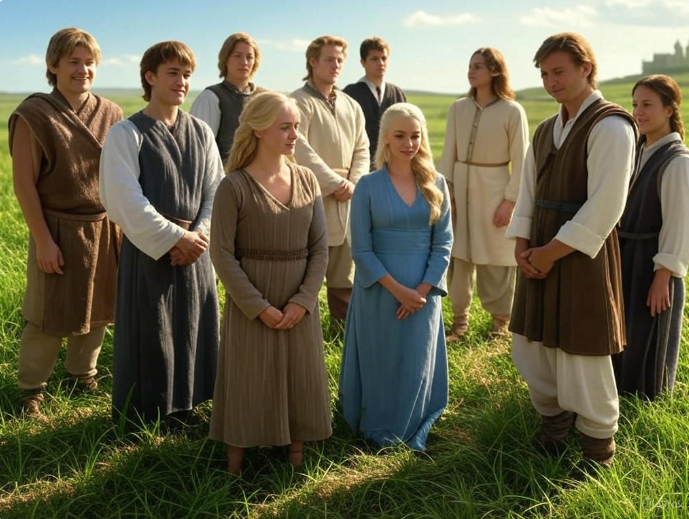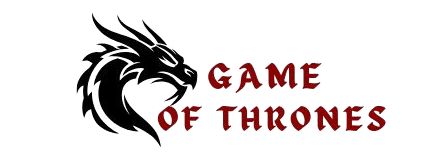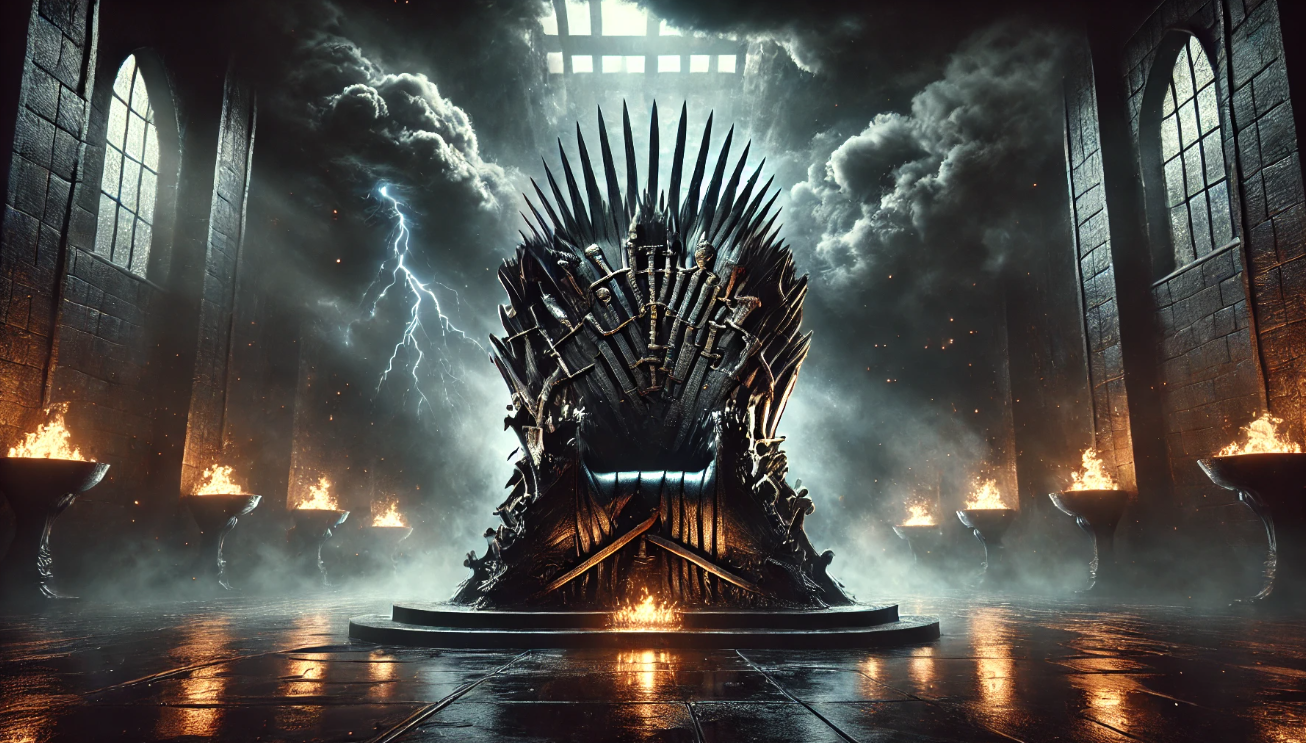
Forged in dragonfire and steeped in centuries of bloodshed, the Iron Throne stands as the most iconic symbol of power in Westeros. Towering above the Great Hall in King’s Landing, this jagged seat of rule has witnessed the rise and fall of kings, the betrayal of allies, and the unrelenting thirst for dominion. But beyond its menacing blades lies a tale of ambition, war, and legacy that shaped the fate of a continent. In this article, we delve deep into the history of the Iron Throne—from its fiery origins under Aegon the Conqueror to its lasting impact on the Seven Kingdoms.
The Creation of the Iron Throne
The history of the Iron Throne begins with Aegon the Conqueror, the first Targaryen king to unite the Seven Kingdoms of Westeros. In 1 AC (After Conquest), Aegon forged the throne as a symbol of his victory and authority. The throne was made from the swords of his defeated enemies, melted down by the breath of his dragon, Balerion the Black Dread. This fiery process gave the throne its jagged, twisted shape, symbolizing the violence and sacrifice required to attain power.
Aegon’s vision for the throne was clear: it was not just a seat, but a reminder of his dominance over the entire continent. The Iron Throne became the ultimate symbol of leadership, drawing kings and queens from every corner of Westeros who would fight, scheme, and die for the right to sit upon it. Its dangerous and uncomfortable design was said to reflect the true nature of power—unforgiving and harsh.
In this section, we see how the creation of the Iron Throne marked the beginning of centuries of conflict and intrigue. It was more than a throne; it was a declaration of rule, a magnet for ambition, and a harbinger of struggle.
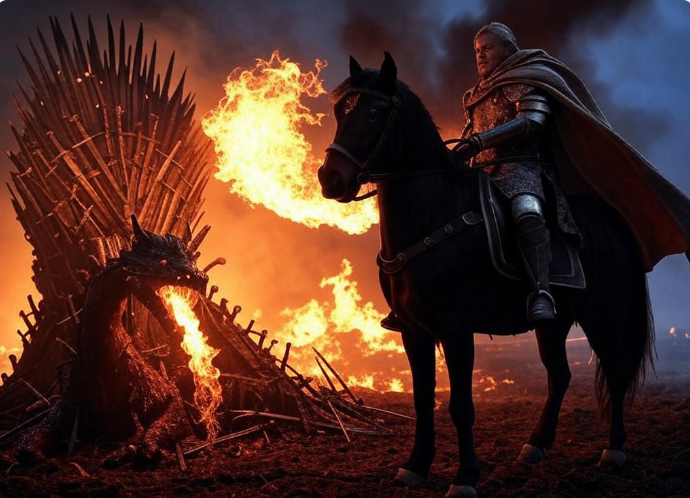
The Early Years of the Iron Throne
After Aegon the Conqueror forged the Iron Throne, the early years of its history were marked by consolidation and stability. Aegon’s reign, and that of his immediate successors, established the Targaryen dynasty as the ruling power in Westeros. However, the Iron Throne’s power was constantly tested, both from internal and external threats.
Aegon I ruled with a vision of unity, using his dragons and strategic alliances to maintain control. His children, King Aenys I and King Maegor I, faced different challenges. Aenys struggled with maintaining power and faced uprisings from regional lords. In contrast, Maegor’s reign was brutal. Known for his harsh rule, Maegor’s attempt to solidify control only added to the Iron Throne’s dark reputation. He was a king who had to fight for every inch of power, and his reign is a reminder that the throne demands both strength and ruthlessness.
These early years set the tone for the throne’s future. It was never simply a seat of power; it was a battleground. For the Targaryens, holding the Iron Throne would require more than just bloodlines—it required force, political maneuvering, and at times, violent suppression. The throne’s history was shaped by these early challenges, laying the groundwork for future conflicts over who would sit upon it.

Power Struggles and Wars for the Throne
As the centuries passed, the Iron Throne became the epicenter of political power struggles in Westeros. The Targaryen dynasty, though strong in the beginning, faced numerous challenges as rival houses sought to claim the throne for themselves. These struggles often led to full-scale wars, rebellions, and betrayals.
One of the most significant conflicts was the Dance of the Dragons (129-131 AC), a brutal civil war between rival factions of the Targaryen family. The war, fought over the throne between Princess Rhaenyra Targaryen and her half-brother Aegon II, shattered the Targaryen dynasty’s strength and drastically weakened the family’s hold on the throne.
In later years, the Iron Throne became a coveted prize for many. The most notable example is Robert’s Rebellion (282-283 AC), which toppled the Targaryen dynasty after King Aerys II (the Mad King) was overthrown. Robert Baratheon, alongside key allies like Ned Stark and Jon Arryn, fought to end the tyrannical rule of Aerys II. After the rebellion, Robert claimed the throne, beginning the Baratheon rule.
However, the Iron Throne remained unstable, as it became a symbol not only of kingship but also of intense conflict. Robert’s Rebellion led to the division of power among various houses, leading to the War of the Five Kings (298-305 AC), where multiple factions—including the Lannisters, Starks, and Baratheons—fought for control. This war further highlighted the throne’s power to drive violent and deadly ambition.
These power struggles demonstrated that the Iron Throne was more than just a seat of rulership. It was a prize that brought out the worst in people, sparking wars, betrayals, and the rise and fall of great houses. The throne’s legacy of conflict would continue to shape the political landscape of Westeros for generations to come.

The Iron Throne in the Game of Thrones Era
In the Game of Thrones era, the Iron Throne became the ultimate prize once again, but its significance had evolved. With the fall of the Targaryen dynasty, the throne’s power became a focal point in the ongoing struggles for control of Westeros. The major houses—Lannisters, Starks, and Baratheons—fought in a web of political intrigue, alliances, and betrayals, all with the throne as their goal.
At the start of the series, King Robert Baratheon sits on the Iron Throne, but his reign is unstable. Robert’s rebellion was fresh in people’s memories, and many questions remained about his legitimacy. His death sets off a cascade of events, leading to the War of the Five Kings, a deadly conflict between multiple claimants to the throne, including Stannis Baratheon, Renly Baratheon, Robb Stark, and Joffrey Baratheon.
The Lannisters, initially seen as outsiders to the throne, seize power through strategic alliances and manipulation. Tywin Lannister, father of Jaime, Cersei, and Tyrion, plays a key role in securing the throne for his family, despite the ongoing chaos. His son, Joffrey Baratheon, takes the throne but lacks the true qualities of a ruler, leading to further instability. Meanwhile, Tyrion Lannister, as Hand of the King, demonstrates that political acumen, rather than brute strength, can also be a powerful weapon for those seeking the throne.
Daenerys Targaryen, the last living Targaryen, represents a significant threat to the throne. Her journey to reclaim the Iron Throne becomes one of the central storylines, with her growing army, dragons, and vision of a better Westeros. However, as she grows more powerful, her methods become more controversial, raising questions about the price of victory.
By the end of the series, the Iron Throne’s fate is sealed with the destruction of the throne itself. After a long series of bloody battles, betrayals, and sacrifices, the Iron Throne is ultimately dismantled, symbolizing the end of the old system of power in Westeros.
In the Game of Thrones era, the Iron Throne is more than just a seat—it is the ultimate symbol of power, one that people are willing to destroy and die for. The story of the throne is a reflection of the chaos, ambition, and the corrupting nature of power itself.

The Iron Throne and the Last Great Power Struggle
The final battle for the Iron Throne is arguably the most intense and consequential in Westeros’ history. As the series nears its end, the throne becomes the focal point for multiple forces, each vying for control of the Seven Kingdoms. The last great power struggle for the throne involves not only familiar characters but also ideologies that challenge the very nature of rule in Westeros.
At the heart of this struggle is Daenerys Targaryen, who, after years of exile, returns to Westeros with the intent to reclaim the Iron Throne. With her dragons and loyal followers, Daenerys’s cause represents the restoration of the Targaryen dynasty. Her arrival sparks a renewed hope for many, but her methods become increasingly ruthless, leading to a growing divide between her and other key players.
Jon Snow, the rightful heir to the throne, is another key contender. Though he initially joins Daenerys in her quest, his sense of duty to the realm and the people leads him to question her approach. This internal conflict is a significant turning point, highlighting the moral cost of seeking the throne. Jon’s personal struggle adds depth to the central conflict, as he must ultimately decide whether to support Daenerys or stand against her for the good of Westeros.
Meanwhile, Cersei Lannister, ever the schemer, holds onto the Iron Throne with her usual political savvy, but her grip on power weakens as the forces of Daenerys and Jon converge. Cersei’s refusal to compromise, even in the face of overwhelming odds, underscores the destructive nature of unchecked ambition.
The final showdown occurs when Daenerys’s vision for a new world clashes with Jon’s sense of justice. Her devastating decision to burn King’s Landing, despite the surrender of its people, leads to her downfall. Jon Snow, faced with the terrible reality of her rule, makes the difficult decision to kill Daenerys, ending the last power struggle for the Iron Throne.
In the end, the Iron Throne is no more. The destruction of the throne symbolizes the end of the old way of ruling and the beginning of a new era for Westeros. The final power struggle for the throne reveals that the pursuit of power often leads to destruction, and that true leadership is about more than simply sitting on the Iron Throne. It’s about serving the people and ensuring peace for the realm.
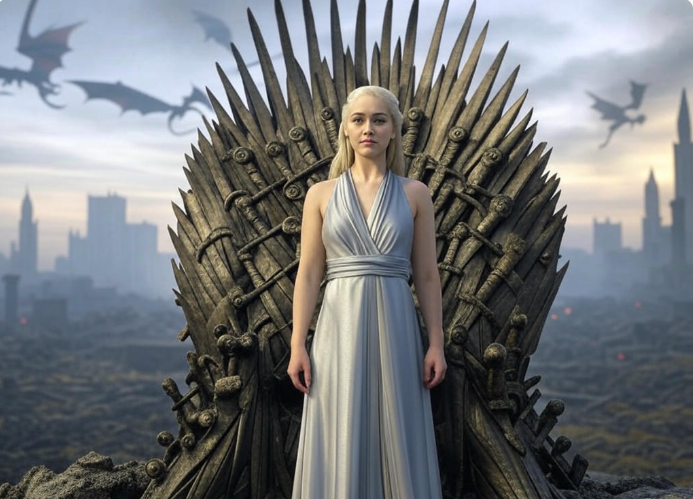
The Iron Throne as a Symbol of Power and Corruption
The Iron Throne is not just a seat of power—it’s a symbol of the corrupting influence of absolute control. Throughout Game of Thrones and the A Song of Ice and Fire series, those who sought the throne often found themselves consumed by its weight, leading to their downfall. The throne itself, with its jagged and uncomfortable design, is a constant reminder that power in Westeros is not easily won, nor is it safe to hold.
From Aerys II Targaryen, the Mad King, to Joffrey Baratheon, the Iron Throne reveals how the pursuit of power can twist even the noblest minds. Aerys, driven by paranoia and cruelty, lost all sense of justice and humanity, eventually leading to his violent death. His reign serves as a warning of how power can corrupt an individual, turning them into something unrecognizable.
Similarly, Joffrey Baratheon‘s short and brutal reign highlights the dangers of an unworthy ruler on the throne. His cruelty and incompetence led to widespread suffering, making him one of the most despised rulers in Westeros. The throne didn’t just make Joffrey cruel—it amplified his worst traits, showing that power without wisdom and compassion can lead to chaos.
Cersei Lannister is another example. Her obsession with the throne, at any cost, led to betrayals and decisions that tore the realm apart. In her pursuit of power, she lost sight of the kingdom’s wellbeing, pushing her toward increasingly destructive actions. By the end of her story, her desire to control the throne led to the fall of House Lannister.
The Iron Throne’s symbolism goes beyond the rulers who sat upon it. It represents the cycle of power in Westeros—one where ambition often leads to destruction. As characters struggle for control, the throne becomes a metaphor for the dangerous allure of power. Those who sit on it are rarely content, as they are constantly battling for their position and fearing betrayal.
Ultimately, the Iron Throne shows that true leadership is not about holding power—it’s about how you wield it. The throne’s history demonstrates that corruption, ambition, and cruelty often go hand in hand, and those who seek to rule must be wary of losing themselves in the process.
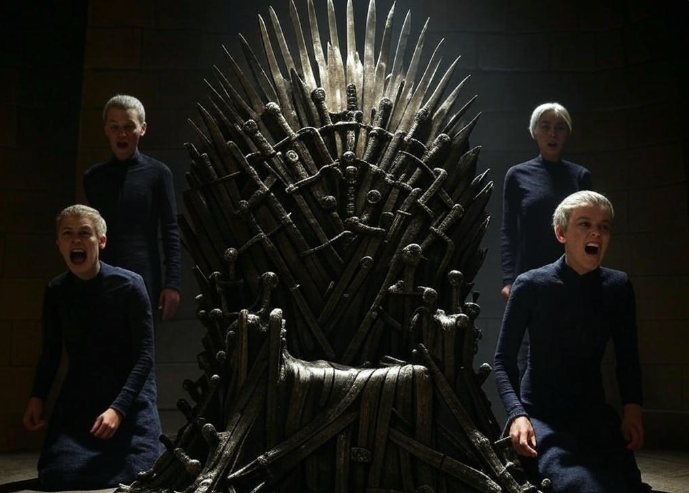
Conclusion
The history of the Iron Throne is a tale of ambition, power, and the devastating consequences that come with the pursuit of absolute rule. From its fiery creation by Aegon the Conqueror to its eventual destruction in the Game of Thrones era, the throne has been the symbol of dominance and the focal point of countless wars, betrayals, and power struggles. It represents not only the seat of kings and queens but also the dark side of leadership—the price of power and the toll it takes on those who seek it.
Throughout its history, the Iron Throne has shown that power, if unchecked, corrupts even the noblest of individuals. Characters like Aerys II, Joffrey, and Cersei illustrate the dangers of ambition without wisdom. The throne itself, with its uncomfortable and jagged form, reminds us that power is a double-edged sword, offering glory and devastation in equal measure.
In the end, the destruction of the Iron Throne signals the end of an era in Westeros. It marks a shift from the old ways of power to the possibility of a more just and peaceful future. The throne’s history, filled with bloodshed and betrayal, teaches us a crucial lesson: true leadership is not about sitting on a throne—it is about serving the people, maintaining justice, and ensuring a better world for all.
The Iron Throne’s legacy is one of caution, reminding us that those who seek power must always be mindful of its consequences.
